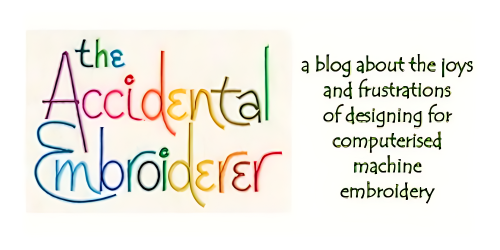Back again, with some chickens
I can’t believe that it’s been 18 months since I last wrote the blog. Admittedly it’s been a busy time, mostly taken up by a major house move to an isolated part of the Scottish Highlands and consequently having a lot of trouble in getting a broadband connection. There was also an eventful trip to the US last year, followed by our first experience of a Cairngorms winter (which involved getting snowed in for 6 weeks). But now things are slowly getting back to normal, and over the past few months I’ve been working on a lot of new projects, so there will be a lot to talk about here
Winter in the Grampian Highlands
First there were the Chinese chickens. A friend of Cherri's wanted some cheerful chickens to put on kitchen towels, and the idea reminded me of some Chinese folk art I’d seen on the Internet. These pictures are naïve, simple and colourful, but with some very interesting compositional ideas, and they also include some charming animals. (There are lots of Internet sites showing this kind of art, but nearly all of them are commercial (that is, they sell prints of the paintings) One typical one is http://www.folkartchina.com/ Follow the link "Jinshan Peasant Painting)
So I drew some chickens in the same style and digitised them as appliqués, which worked very well on kitchen accessories. The stitchouts are by Cherri Kincaid
